Author: AIMontessori Writer
-
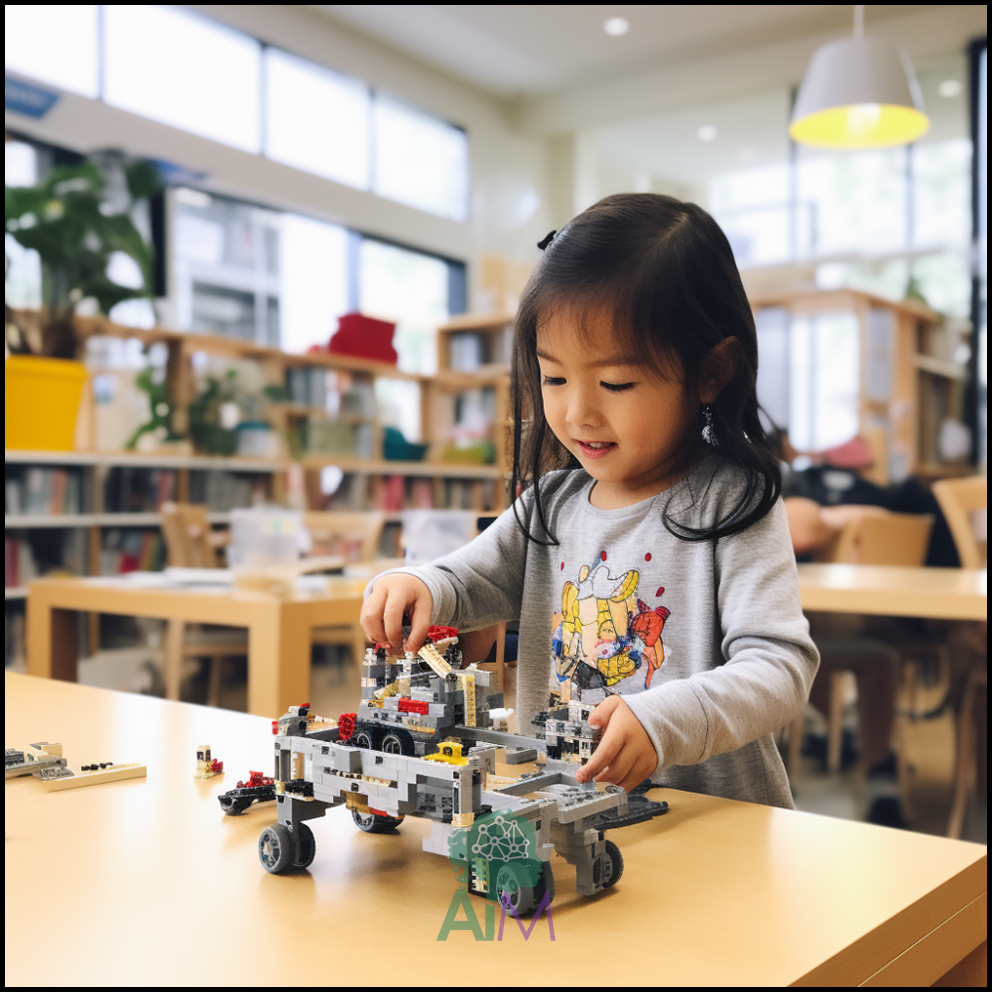
Montessori Meets Innovation: Lego and Robots in the Classroom
In the heart of a Montessori classroom, Lego and robots introduce creativity. These tools align seamlessly with Montessori principles, enriching the environment with hands-on learning and fine motor skill development. It’s a Montessori-STEAM experience, with Arts complementing STEM, promoting teamwork and problem-solving as children collaborate to create, program, and achieve shared goals.
-
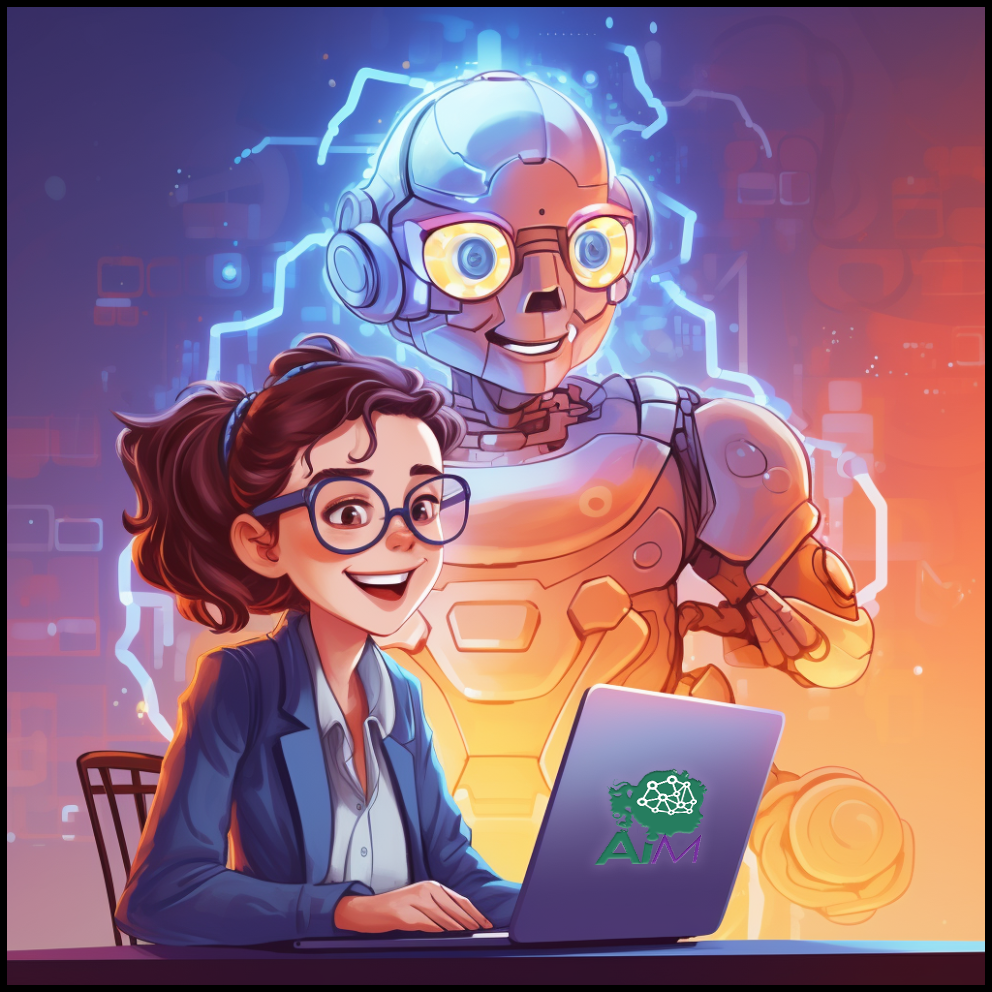
Leveraging AI to Enhance Montessori Teaching with MontessoriTutor.ai
MontessoriTutor.ai, an AI tool designed for Montessori educators, can help to find lessons, personalize learning for your age group, and help homeschool parents to find creative Montessori-inspired activities. It analyzes unique Montessori data to provide relevant lesson plans and tailors lessons to individual students’ needs.
-

Embracing Autumn: A Montessori Approach to Leaf Color Changes
To bring this concept to life, we turned to a hands-on activity involving real leaves collected from outside. The students eagerly sorted these leaves by color, creating a beautiful mosaic of reds, yellows, oranges, and even purples. This activity not only reinforced our lesson but also honed their categorization skills.
-
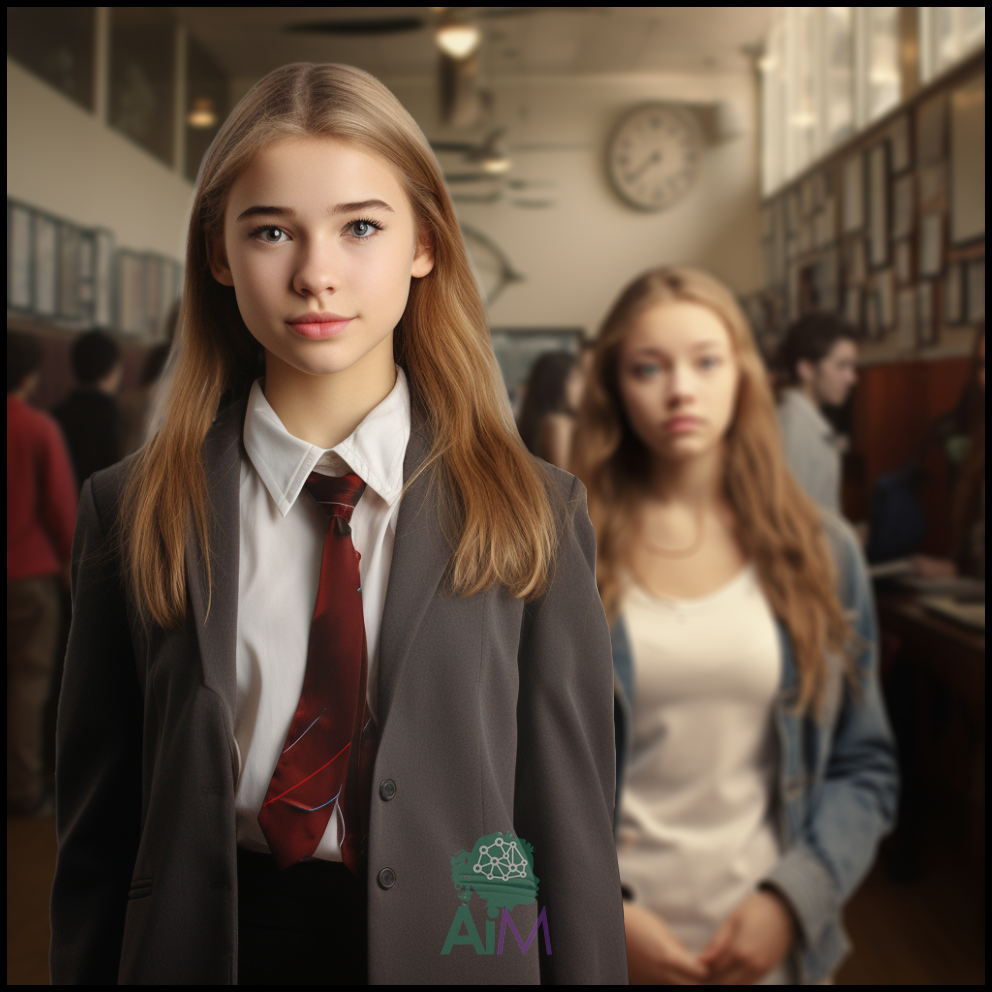
Montessori High School vs. Traditional High School: A Curriculum Comparison
While traditional high schools emphasize core subjects and standardized testing as a pathway to college, Montessori high schools prioritize holistic education, fostering lifelong learners who are well-equipped for the ever-evolving challenges of the world. The choice between these two educational approaches ultimately depends on your values and aspirations for your child’s future.
-

Exploring the Senses: Montessori-Inspired Sensorial Play at Home
Incorporating Montessori-inspired sensorial play into your daily routine not only supports your child’s development but also creates joyful and meaningful learning experiences. Remember that the goal is not just to complete an activity but to nurture your child’s innate curiosity and love for learning. So, let’s embark on this sensory adventure together, one texture, sound,…
-

Montessori’s Progressive Teaching Methods
The Montessori teaching approach encourages the development of independent, lifelong learners by nurturing their curiosity, fostering critical thinking skills, and instilling a deep passion for learning. This empowers them to apply these principles effectively in various real-life situations.
-
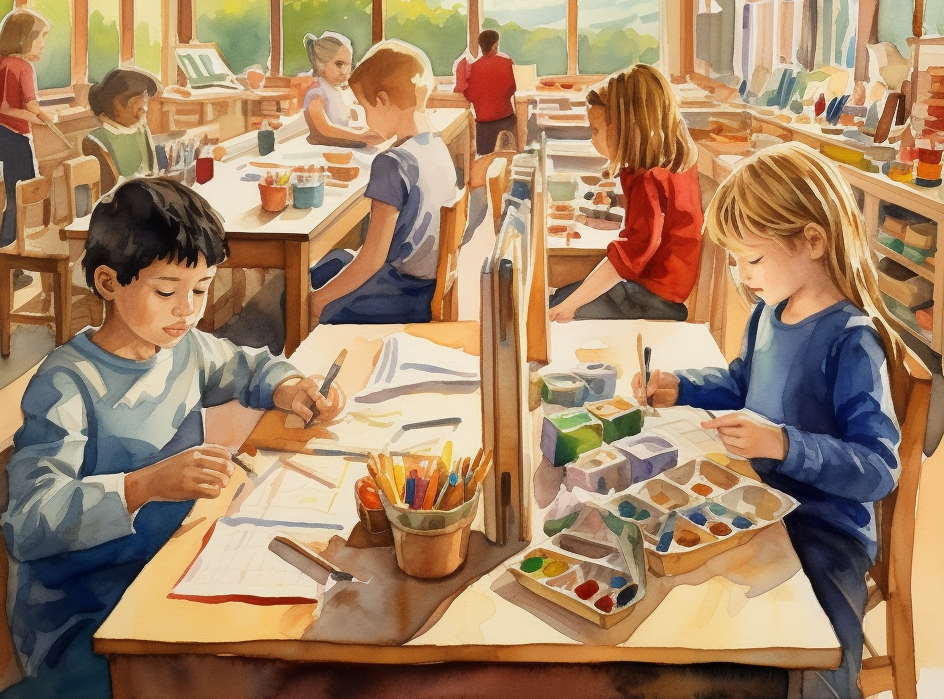
How does the 6-9-year-old Montessori classroom differ from Primary classroom?
The 6-9-year-old Montessori curriculum builds upon the foundation laid in the 3-6 age range, nurturing a child’s natural curiosity and independence while introducing more complex academic and practical life skills. It’s like taking the seeds planted in the early years and helping them grow into sturdy trees of knowledge and self-reliance.
-

Unlocking Child Potential: The Power of Montessori Practical Life Skills
Practical life is a fundamental part of the Montessori method, fostering independence, concentration, and respect for the environment. By engaging in these activities, children not only learn essential life skills but also develop a sense of self-confidence and responsibility. They learn to navigate their world with grace and courtesy, laying a solid foundation for their…
-
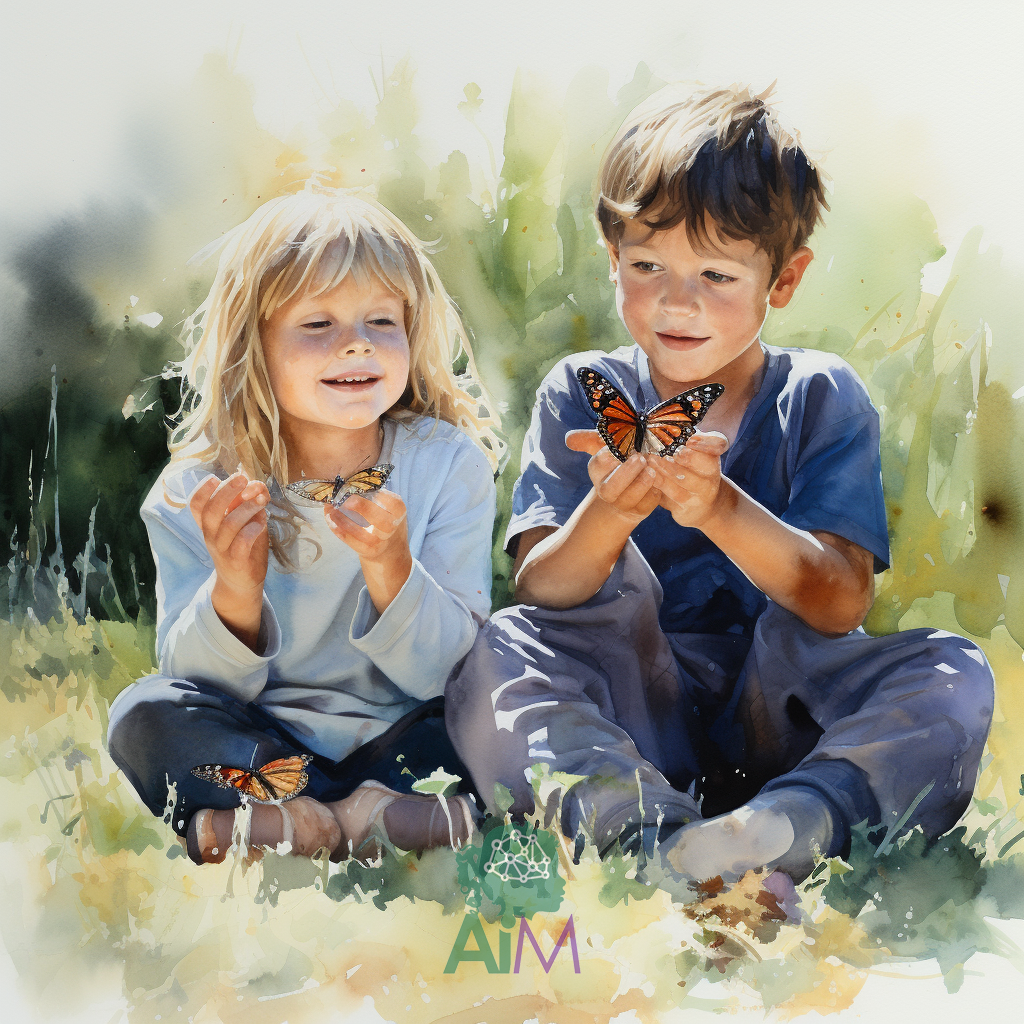
Unlocking Child Potential: The Transformative Power of Montessori Education Method
Getting the most out of a Montessori education involves understanding the Montessori method, actively participating in the learning process, incorporating Montessori principles at home, and choosing the right Montessori school. By doing so, parents and students can maximize the benefits of this holistic and child-centered approach to education, fostering a love of learning and developing…
-

AI as an Assistant in the Montessori 3-6-Year-Old Classroom
While some may view AI as a threat to traditional education, it is essential to recognize its potential to complement and enrich the Montessori classroom experience.